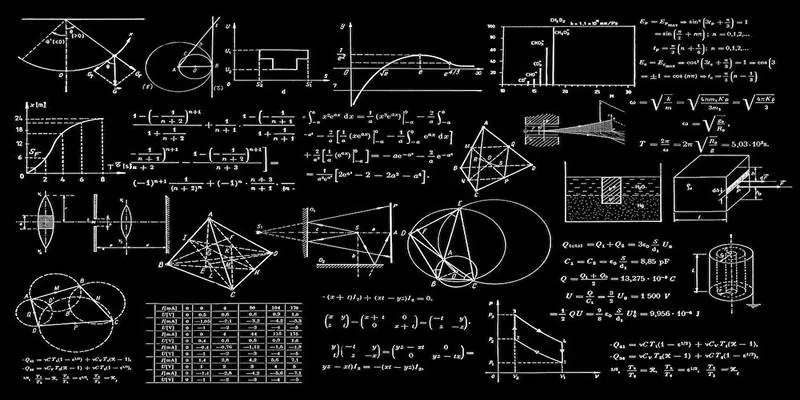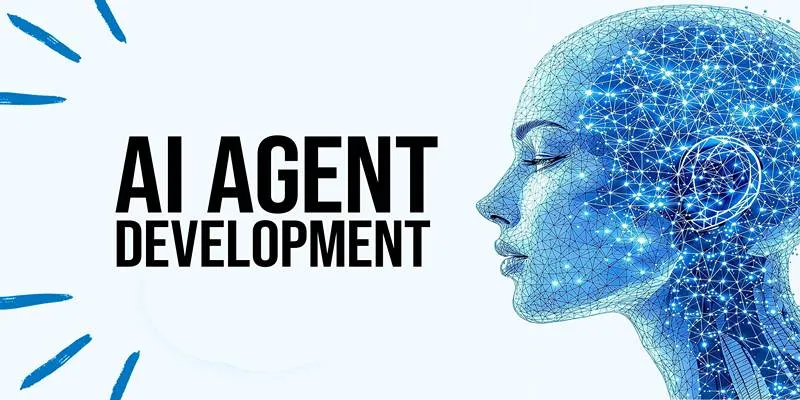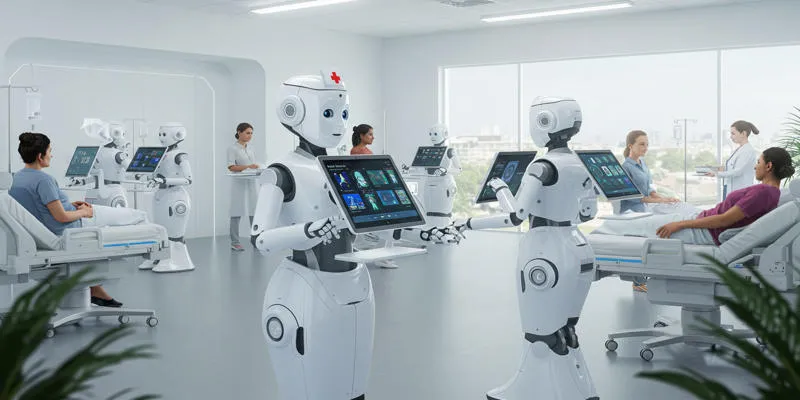Neural networks, inspired by the structure and function of the human brain, are a vital component of artificial intelligence. They excel at identifying patterns, processing data, and solving complex problems. From image recognition to natural language processing, neural networks empower cutting- edge technologies and continue to reshape industries across the globe.
What Are Neural Networks?

A neural network is a powerful computational model built to uncover and recognize patterns like a digital brain at work. It interprets sensory data through a kind of machine perception, labeling, and clustering. Neural networks consist of layers of interconnected nodes, often referred to as neurons, which work together to process input data and deliver an output.
Each connection has a weight that adjusts as learning progresses, helping the network refine its understanding. By simulating the way biological neurons signal one another, neural networks learn to perform tasks like classification, prediction, and even decision-making.
Key Components of Neural Networks:
Understanding the primary components of a neural network is essential to grasping how it operates:
- The network starts with an Input Layer, which serves as the initial stage for feeding raw data into the system for processing. This layer contains the baseline information, including images and text, together with numerical data, which it sends to later processing stages.
- The structure contains Hidden Layers positioned between the input and output layers. The primary processing happens within hidden layers because they extract detailed features for modifying original input data.
- The Output Layer generates predictions or classifications through the processed input data during the network’s final operating phase. Network structure depends on the classification task requirements since binary classification needs one neuron, but multi-classification requires multiple neurons.
- During model training, weights and biases serve as adjustable parameters that help the network achieve better accuracy levels. Network weights decide the value of input characteristics, while network biases permit the activation functions to move and enhance data fit.
Together, these components enable neural networks to model complex, non-linear relationships between inputs and outputs.
Types of Neural Networks:
Neural networks come in several variations, each tailored to specific kinds of problems. Here are some of the most common types:
1. Feedforward Neural Networks
Feedforward Neural Networks are the most basic type of neural network, where data flows in a single direction—from input to output. These networks are commonly used for foundational tasks like pattern recognition in image and speech classification.
2. Convolutional Neural Networks (CNNs)
Convolutional Neural Networks are designed specifically for data with a grid- like structure, such as images. By utilizing convolution layers, they automatically identify key features like edges, textures, and shapes, making them ideal for tasks like image processing and computer vision.
3. Recurrent Neural Networks (RNNs)
Recurrent Neural Networks are tailored for sequential data, such as time series, text, or speech. Their unique architecture includes loops that allow information to persist, enabling them to excel at tasks that rely on context or memory, such as language modeling and speech recognition.
4. Generative Adversarial Networks (GANs)
Generative Adversarial Networks are like a creative duo: a generator crafts synthetic data, while a discriminator plays the critic, judging how real it looks. Together, they push each other to create incredibly lifelike results. This powerful partnership is revolutionizing fields like art, design, and simulation, opening up endless possibilities.
5. Radial Basis Function Networks
These networks employ radial basis functions as their activation functions, making them well-suited for tasks like function approximation, time series forecasting, and control systems. They are particularly effective in solving problems that require smooth interpolation or regression.
How Neural Networks Learn?
Neural networks learn through a process known as training, which typically involves the following steps:
- Forward Propagation: The input data passes through the network to generate an output.
- Loss Calculation: The difference between the predicted output and the actual result is measured using a loss function.
- Backward Propagation: The network adjusts its internal weights by calculating gradients and minimizing the loss through optimization techniques like stochastic gradient descent.
- Iteration: This process repeats for many cycles, gradually improving the network’s accuracy.
Through extensive training on large datasets, neural networks fine-tune their ability to perform specific tasks.
Applications of Neural Networks:
Neural networks have transformed countless industries with practical and often life-changing applications. Here are some of the major areas where they are making a significant impact:
Healthcare:
Neural networks assist in medical diagnostics, predictive analytics, and personalized treatment planning. For instance, convolutional neural networks are used to analyze medical images, detecting conditions like tumors and fractures with a high degree of accuracy. Moreover, recurrent neural networks help in predicting patient outcomes based on historical health records, leading to more proactive and effective interventions.
Finance:
In the financial sector, neural networks play a crucial role in fraud detection, risk management, and algorithmic trading. By analyzing large volumes of transactional data, neural networks can identify irregular patterns that might indicate fraudulent activity. Predictive modeling powered by neural networks also helps financial institutions make informed lending decisions and optimize investment strategies.
Automotive:
The automotive industry benefits greatly from neural networks, particularly in the development of autonomous vehicles. Convolutional neural networks process camera input to recognize road signs, pedestrians, and other vehicles, while recurrent neural networks help predict the behavior of nearby drivers. This technology enables real-time decision-making that enhances both safety and efficiency on the road.
Natural Language Processing:
Natural language processing involves the interaction between computers and human language. Neural networks have enabled breakthroughs in translation services, chatbots, and virtual assistants. Transformers, a specialized kind of neural network, have significantly improved the understanding of context and nuance in language, leading to more human-like interactions.
Manufacturing:
Neural networks contribute to smart manufacturing by improving quality control, predictive maintenance, and supply chain optimization. By analyzing data from sensors and production lines, networks can predict equipment failures before they happen, reducing downtime and saving costs.
Education:
Personalized learning platforms use neural networks to adapt educational content to each student’s learning style and pace. By analyzing responses and performance, these systems recommend targeted resources to optimize learning outcomes.
Challenges and Considerations:

While neural networks offer impressive capabilities, they also present several challenges:
- Data Requirements: Training effective neural networks requires large, high-quality datasets.
- Computational Resources: Deep networks demand significant processing power and memory.
- Interpretability: Neural networks often act as “black boxes,” making it difficult to understand how they arrive at specific conclusions.
- Bias and Fairness: If the training data reflects biases, the network may perpetuate or even amplify them.
- Overfitting: Networks may perform well on training data but fail to generalize to new, unseen data.
Addressing these challenges is crucial for building trustworthy and responsible neural network applications.
Conclusion
Neural networks are at the heart of today’s most innovative technologies. Their ability to learn, adapt, and improve makes them essential tools across a wide range of fields, from healthcare to finance and beyond. As researchers continue to refine and expand their capabilities, neural networks will undoubtedly play an even greater role in shaping the future.
 zfn9
zfn9























